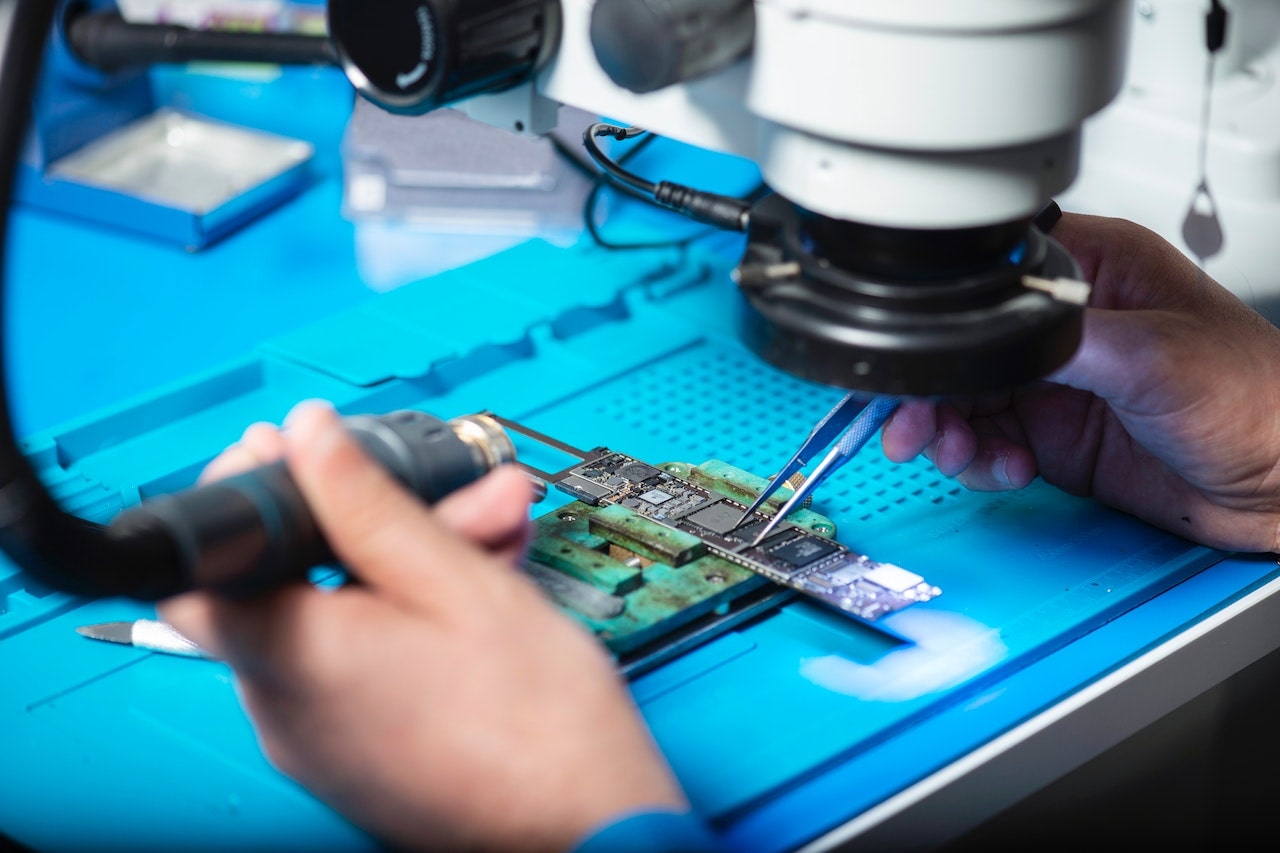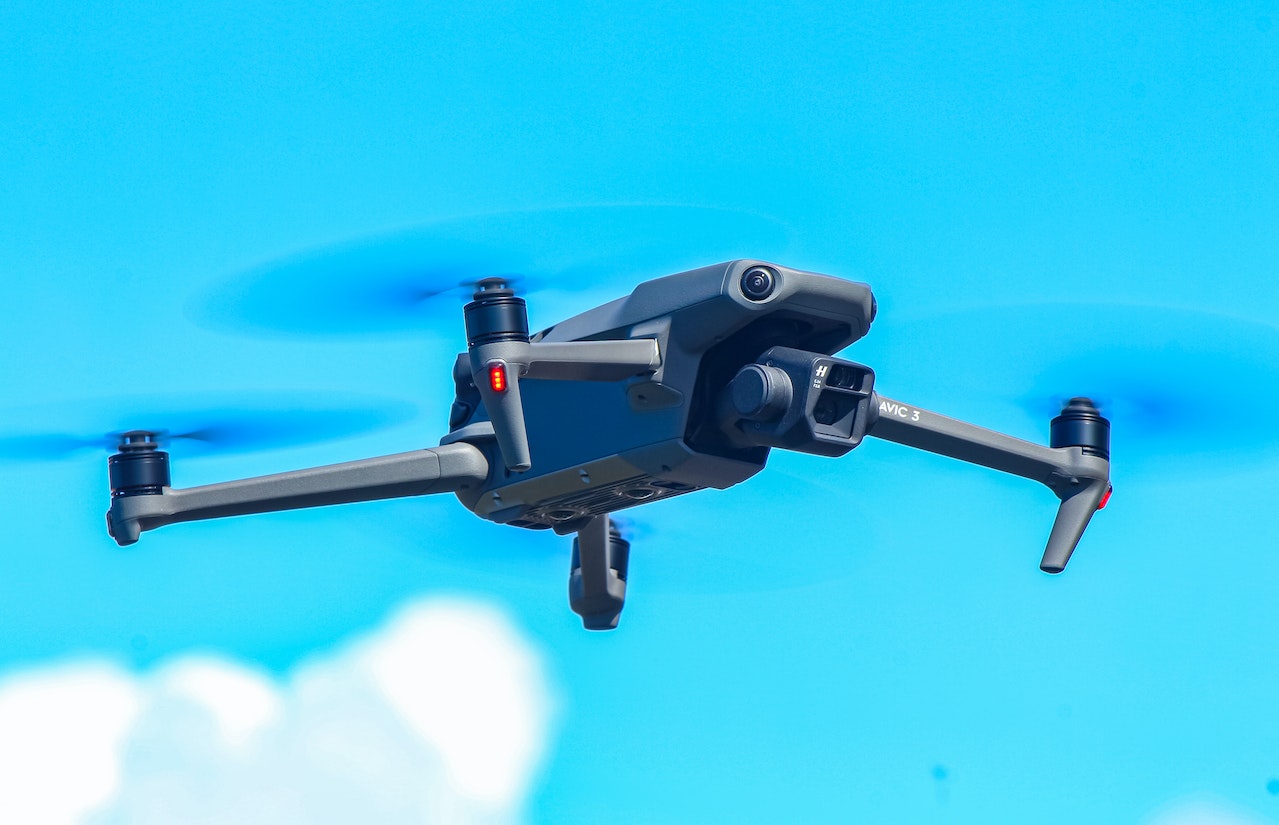A recent lawsuit filed against Getty Images has brought attention to the issue of stability in artificial intelligence (AI) and its potential impact on copyright infringement.
The lawsuit, filed by photographer Carol Highsmith, alleges that Getty Images has been charging licensing fees for her images that are in the public domain. Highsmith had donated her collection of over 18,000 images to the Library of Congress, making them available for public use without any restrictions.
However, Getty Images has been accused of using AI to scan and tag these images, then offering them for licensing on their website without proper attribution or permission from Highsmith. This has resulted in Highsmith receiving numerous notices of copyright infringement from Getty Images, despite the fact that she is the original creator and owner of the images.
This case highlights the potential dangers of relying on AI for tasks that require human judgement and understanding of copyright laws. While AI technology has advanced significantly in recent years, it is still not capable of fully understanding the complexities of copyright and intellectual property.
Getty Images has responded to the lawsuit by stating that they have a strict policy of only licensing images that they have the rights to, and that they will investigate the matter further. However, this incident raises questions about the responsibility of companies using AI technology to ensure that it is being used ethically and legally.
One of the main concerns is the lack of transparency in how AI algorithms are trained and how they make decisions. In the case of Getty Images, it is unclear how their AI system was trained to identify and tag images, and whether it was programmed to recognize public domain images.
This lack of transparency can lead to unintended consequences, such as copyright infringement, and can also perpetuate biases and discrimination. As AI technology becomes more prevalent in our daily lives, it is crucial for companies to be transparent about their use of AI and to ensure that it is being used ethically and responsibly.
In addition, this case also highlights the need for human oversight and intervention in AI systems. While AI can automate tasks and make them more efficient, it cannot replace the critical thinking and judgement of a human. Companies must have proper checks and balances in place to prevent AI from making decisions that could result in legal issues.
The outcome of this lawsuit could have significant implications for the use of AI in the creative industry. It serves as a reminder that while AI can bring many benefits, it is not infallible and must be used with caution and responsibility.
In conclusion, the Getty Images lawsuit brings attention to the importance of stability in AI and the need for transparency and human oversight in its use. As AI technology continues to advance, it is crucial for companies to prioritize ethical and legal considerations to avoid potential legal issues and maintain trust with their customers.





